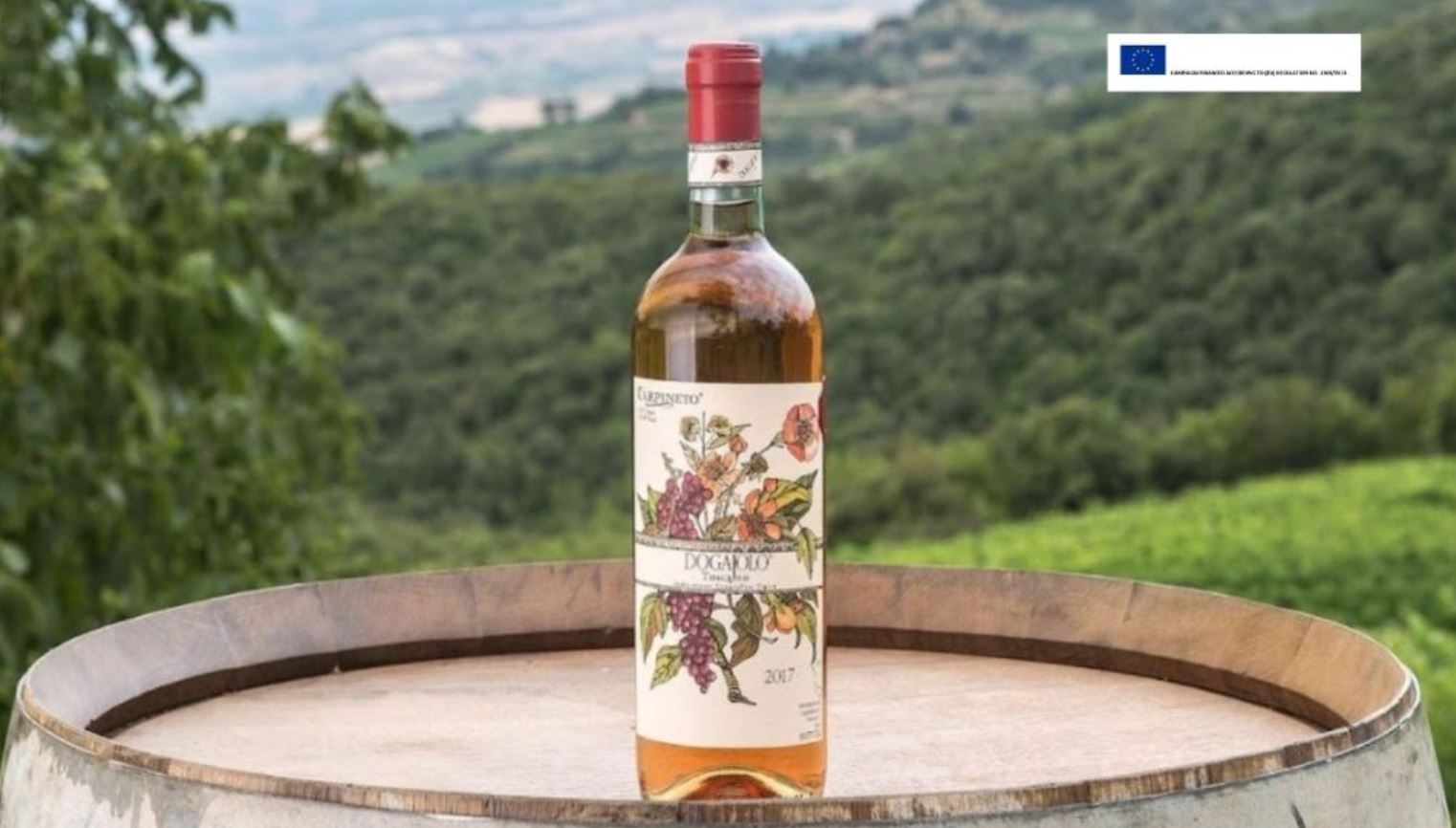A wine vine is a very versatile plant. It does not like the cold, or excessively rainy climates. That is why it is a bit less common in the northern parts of the world. It is a resistant plant though and can adapt to a series of different soils. There is in fact not only one type of soil perfect for wine making. There are many. Wine can grow on calcareous soil, clay soil, sandy soil, alluvial soils and so on. Each of these has a great effect on the type of wine it produces and its characteristics.
Clay Soil
These are soils which produces wines with impressive color – rich, aromatic and flavorful wines. This is the soil of Chianti Classico, where most Sangiovese grapes are grown. It is not by chance that the wine produced here will be rich, ample and full of nuances.
Sandy Soil
These are the types of soil that produce soft, silky wines with round and smooth tannins. Think of a Cannonau or a Sardinian Caignano. These wines are full of flavor and body, but at the same time they are not at all rough. They are pleasant wines to drink, despite their high alcohol content. A perfect example of this is the king of Italian viticulture – the Barolo. This is a wine grown mostly on sandy soil which gives a pleasant sensation f freshness and acidity, accompanied by solid structure.
Calcareous Soil
These are soils found among lands which produce great flavor and minerality. These wines offer significant nuances and are by no surprise some of the most beloved wines in the world. Think of the French champagne – one of the most famous bubbly wines in the world. This is the soil of champagne. An important feature of a calcareous soil is it ability to drain water and return it to the vine, even during periods of prolonged drought. This allows for the plant to not dry out, allowing them a sufficient supply of water.
Clay Soil
These are soils which produces wines with impressive color – rich, aromatic and flavorful wines. This is the soil of Chianti Classico, where most Sangiovese grapes are grown. It is not by chance that the wine produced here will be rich, ample and full of nuances.
Sandy Soil
These are the types of soil that produce soft, silky wines with round and smooth tannins. Think of a Cannonau or a Sardinian Caignano. These wines are full of flavor and body, but at the same time they are not at all rough. They are pleasant wines to drink, despite their high alcohol content. A perfect example of this is the king of Italian viticulture – the Barolo. This is a wine grown mostly on sandy soil which gives a pleasant sensation f freshness and acidity, accompanied by solid structure.
Calcareous Soil
These are soils found among lands which produce great flavor and minerality. These wines offer significant nuances and are by no surprise some of the most beloved wines in the world. Think of the French champagne – one of the most famous bubbly wines in the world. This is the soil of champagne. An important feature of a calcareous soil is it ability to drain water and return it to the vine, even during periods of prolonged drought. This allows for the plant to not dry out, allowing them a sufficient supply of water.





